What is a Power Inverter: Working Principle and Types
What is a Power Inverter: Working Principle and Types
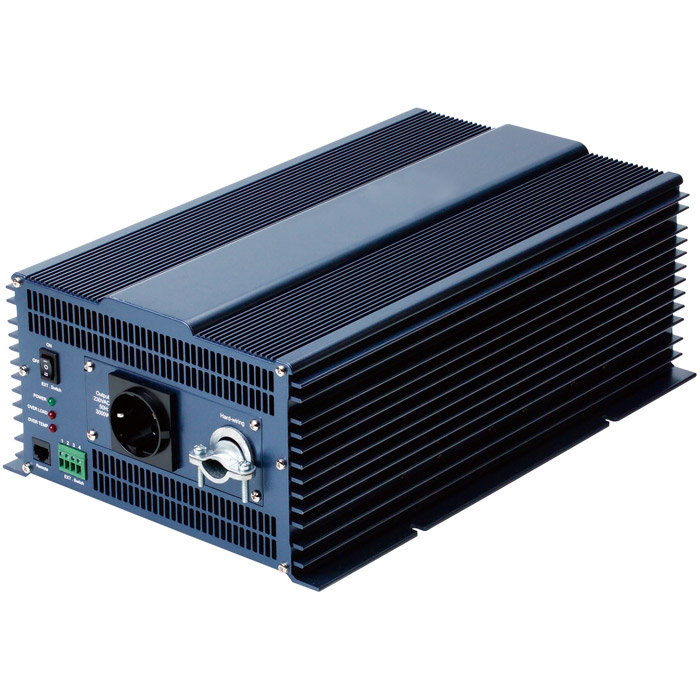
Power inverters are indispensable components in modern electrical systems, serving as the bridge between DC power sources and the AC power required by most devices. By converting direct current (DC) electricity into alternating current (AC), inverters enable the utilization of renewable energy sources, support off-grid living, and provide backup power during outages.
This article delves into the fundamental working principles of power inverters, explores the different power inverter types available, discusses their diverse applications, offers guidance on selecting the right inverter, and examines the latest advancements in inverter technology.
Working Principle of a Power Inverter
A power inverter transforms direct current (DC) electricity into alternating current (AC) electricity through a process of electronic switching. Unlike DC, which flows in a single direction, AC current continually reverses its polarity. To mimic this behavior, an inverter rapidly switches the directions of current flow through a load.
Essentially, an inverter employs a series of switches, often transistors, to control the flow of DC power. By alternating the on and off states of these switches, the inverter creates a pulsating DC voltage. This pulsating voltage is then passed through a filter circuit to smooth out the waveform, resulting in an AC output.
To achieve a close approximation of a sine wave, a technique known as Pulse Width Modulation (PWM) is commonly used. PWM involves varying the width of the pulses generated by the switches, allowing for more refined control over the output waveform. As the pulse width modulation frequency increases, the output waveform more closely resembles a sine wave.
Power Inverter Types: Classified by Output Waveforms
As mentioned in the previous section, the output waveform changes as the Pulse Width Modulation adjusts. Classified by output waveforms, power inverters are generally divided into three types.
-
Square Wave Inverters
Square wave inverters are the simplest power inverter type. They operate by turning switches on and off in pairs to produce reverse currents, creating a basic AC waveform. This waveform is rough because the electricity flow abruptly switches from one polarity to another, from negative to positive.
Due to their inability to meet the needs of more sophisticated appliances, square wave inverters are the least used among all types of inverters. They can, however, be used with simple tools and devices equipped with universal motors. Their simple design also makes them the least expensive option.
-
Modified Sine Wave Inverters
Modified sine wave inverters, also known as quasi-sine inverters, provide a waveform that is a step up from square wave inverters. To improve the square waveform, pulse width modulation (PWM) is applied. PWM controls the switches to open and close at varying speeds and durations, allowing different amounts of current to pass through the load. This creates a stepped sine wave, but the waveform still has sharp transitions and flat segments, resulting in some harmonic distortion.
These inverters are commonly used for power tools, small kitchen appliances, home electronics, office equipment, and small lighting systems. However, they may still cause issues with sensitive or precision electronic devices, which might experience reduced performance, buzzing noises, or even potential damage over time.
-
Pure Sine Wave Inverters
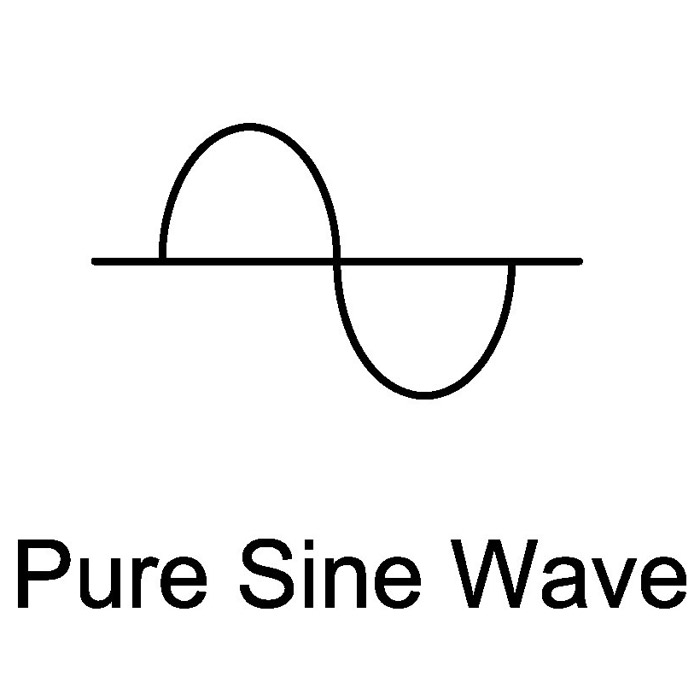
Pure sine wave inverters produce the highest quality AC power, closely mimicking the smooth and continuous waveform of grid electricity. While both pure sine wave and modified sine wave inverters use Pulse Width Modulation (PWM) to control the voltage output and shape the waveform, pure sine wave inverters utilize a more sophisticated approach.
The PWM signal in pure sine wave inverters is finely tuned and passed through a low-pass filter to smooth out the waveform, eliminating the sharp transitions and producing a nearly perfect sine wave with minimal harmonic distortion. This clean, stable power is ideal for sensitive electronics, such as computers, medical equipment, and audio-visual devices, which require a pure sine wave to function correctly and safely.
Applications of Power Inverters
Automobile and Electric Vehicles (EVs)
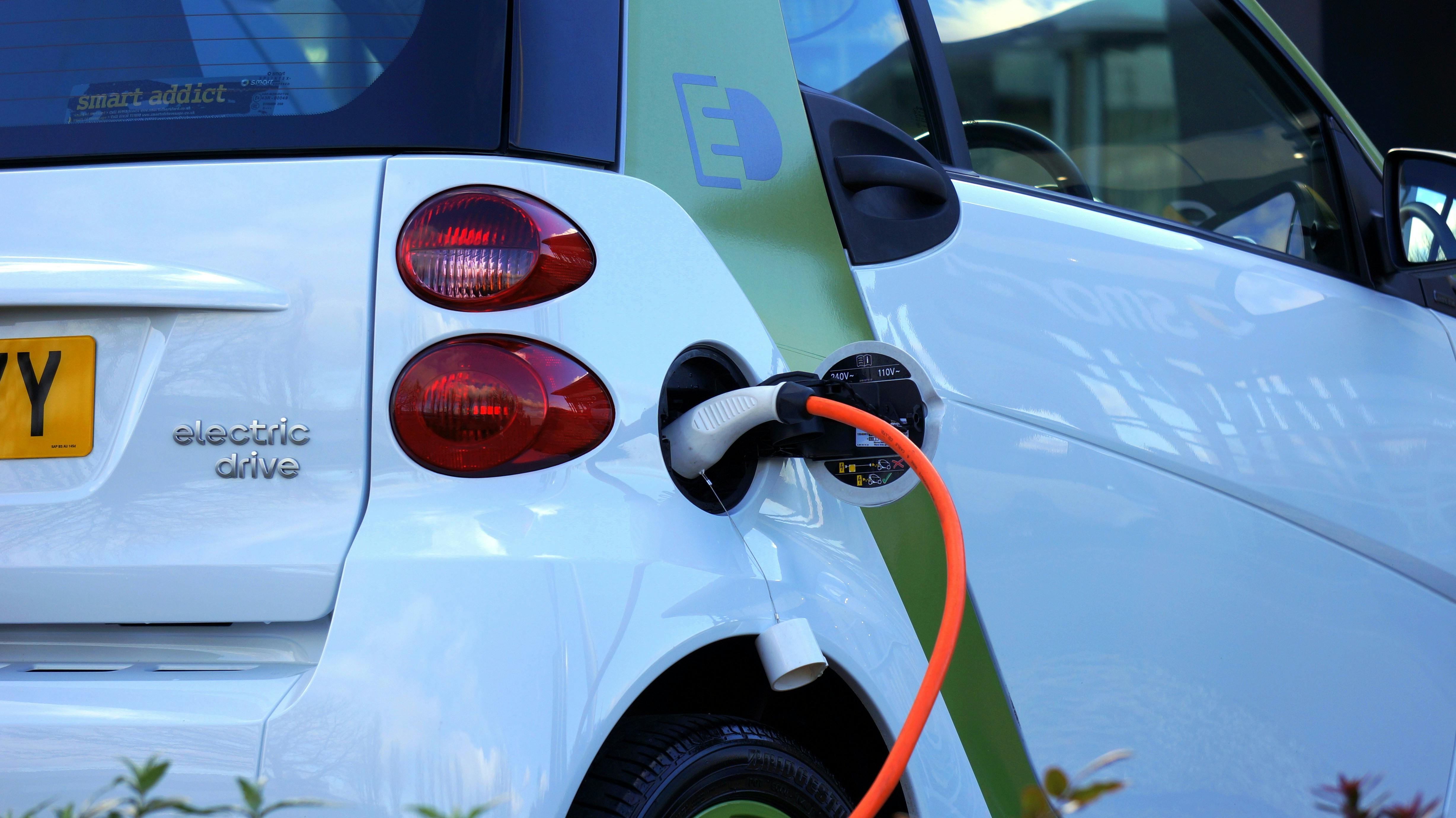
In vehicles, power inverters convert DC power from the battery into AC power to operate accessories and components. For electric and hybrid vehicles, inverters convert DC power from lithium iron phosphate (LFP) batteries into AC power to drive the electric motors.
Household Appliances

Power inverters can be used to power household appliances during power outages or in off-grid living situations. They convert DC power from batteries into AC power to keep essential appliances like refrigerators, lights, and entertainment systems operational. This provides a reliable source in areas with unstable electricity supply.
Uninterrupted Power Supply (UPS) Systems
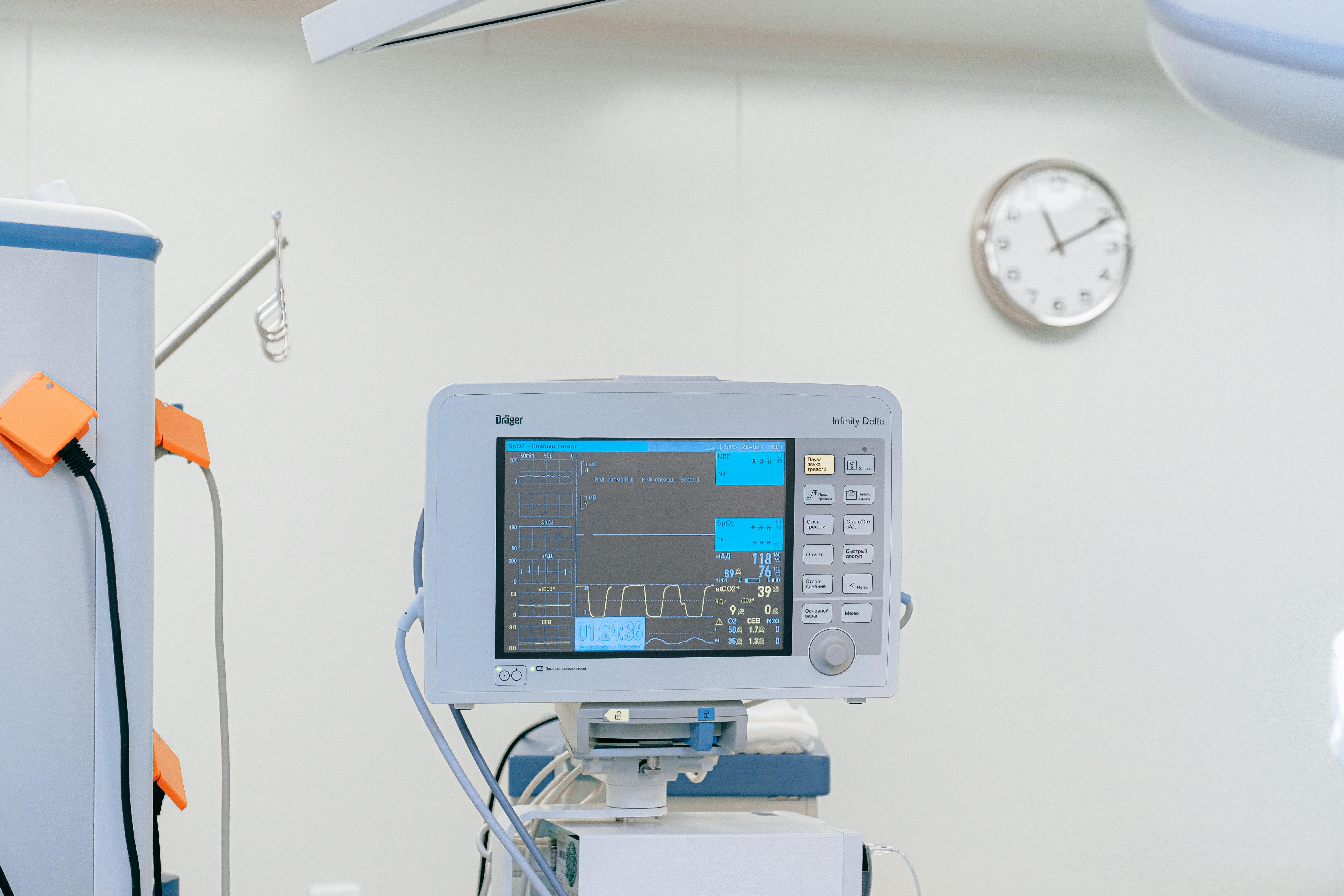
UPS systems utilize inverters to provide continuous power to sensitive electronic equipment. When the main power supply fails, the UPS system switches to battery power, and the inverter converts the DC power from the battery into AC power, ensuring uninterrupted operation of devices.
Solar Power Systems
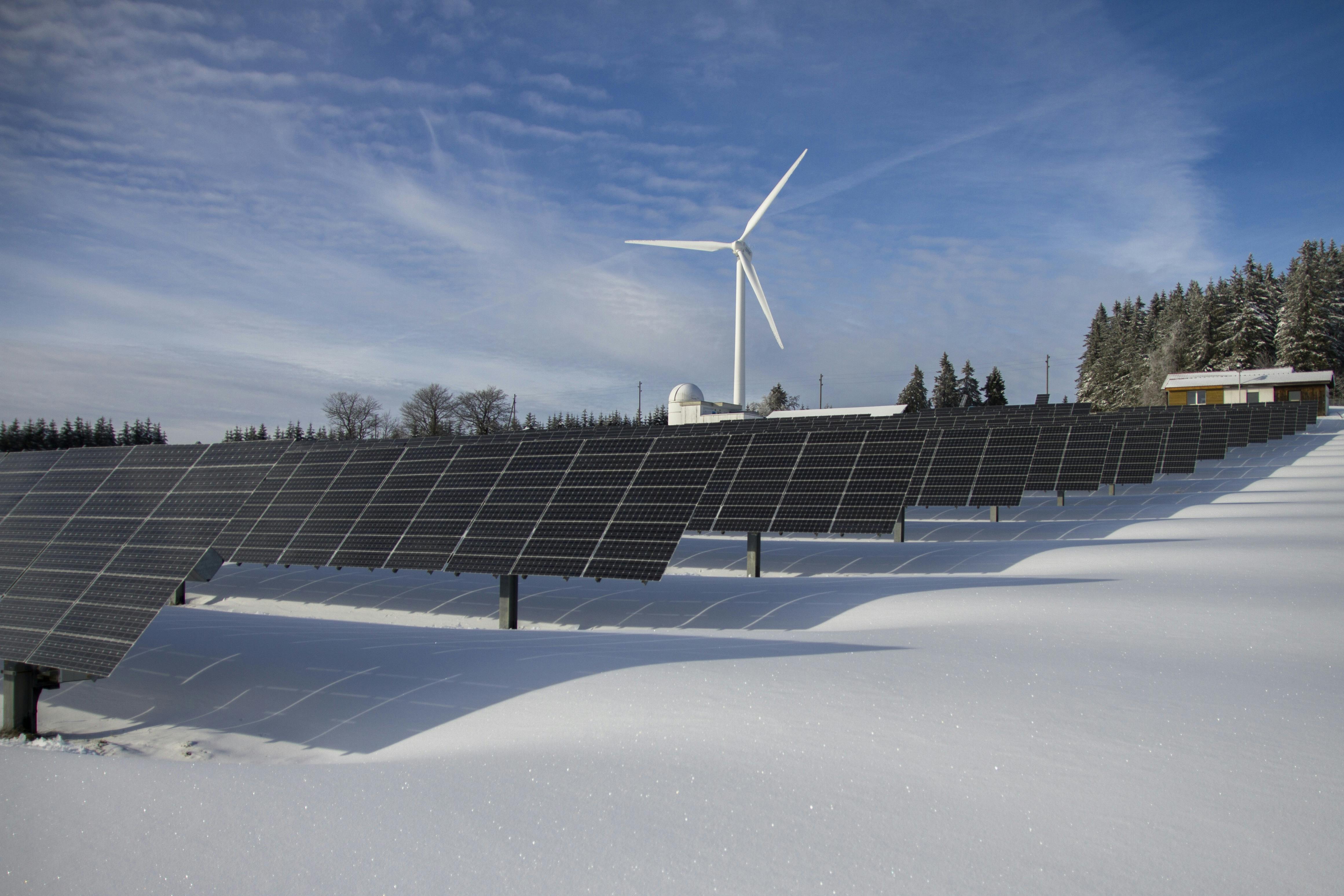
Solar power systems rely on inverters to convert the DC electricity generated by solar panels into AC power for household use or grid integration. Inverters optimize energy output and ensure compatibility with the electrical grid.
Solar inverters also offer features like grid synchronization, energy monitoring, and optimized power output based on sunlight conditions, maximizing the efficiency and benefits of solar energy.
Factors to Consider When Choosing a Power Inverter
Input and Output Voltage
Ensure the inverter is compatible with your power source’s input voltage (e.g. 12V or 24V DC for vehicles) and can produce the necessary output voltage (e.g. 110V or 220V AC) for your appliances.
Power Requirements
Determine the total wattage of the devices you plan to power. Choose an inverter that can handle the combined wattage of all your devices, including any potential surge power requirements.
Battery Size
Considering battery size is crucial because it determines how long the inverter can provide power during an outage or when off the grid.
Power Inverter Type
Choose a pure sine wave inverter. Pure sine wave inverters provide clean, stable power, making them suitable for sensitive electronics and ensuring optimal performance and longevity of your devices.
Safety Features
Check for safety features such as overload protection, short-circuit protection, over-voltage protection, under-voltage protection, and thermal shutdown to ensure safe operation and protect your devices.
Efficiency
Look for an inverter with high efficiency to reduce energy loss during the conversion process. Higher efficiency translates to longer battery life and reduced heat generation.
Future Trends in Power Inverter Technology
The future of power inverters will be driven by advancements in digital control systems, smart grid integration, and sustainability. Key trends include developing more efficient and compact inverters with higher power density, enhanced IoT connectivity for real-time monitoring and remote management, and improved materials for greater efficiency and durability. Innovations will support the growing adoption of renewable energy sources and electric vehicles, with hybrid inverters optimizing solar power and battery storage for a more resilient and sustainable energy future.
Why Choose Welltron Pure Sine Wave Inverters
Power inverters are essential for various applications, from automotive and household use to renewable energy systems. As technology advances, inverters are becoming more efficient, compact, and integrated with smart systems, supporting a sustainable and energy-efficient future.
For reliable and high-quality power solutions, choose Welltron’s pure sine wave inverters. Ranging from 120W to 3000W, they are ideal for both industrial and household applications. With high efficiency, multiple protection mechanisms, and low total harmonic distortion (THD), Welltron inverters ensure a stable and reliable power supply for all your electronics.
Explore our products and experience superior power quality with Welltron. Contact us today to find the perfect power inverter for your needs.

